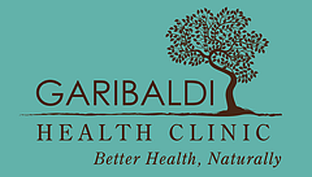Facial Acupuncture
There is a saying to the effect that we all get the face we deserve by the time we’re 40. Though perhaps a bit judgmental, it does contain more than a grain of truth. The alcoholic’s light bulb nose, the compulsive eater’s jowls and the perpetual scowl of a choleric personality can be pretty accurate indicators of the person within.
Granted, these are extreme examples, but the principle applies nonetheless to us all: the lives we lead are sooner or later writ large on our faces. And with age, of course, facial muscles go slack, crow’s feet march outward from the corners of our eyes and mouth, and the wrinkles of frowns and smiles grow deeper.
At least since Cleopatra and no doubt long before, we humans – and women in particular – have resisted this most conspicuous symptom of ageing with everything from mudpacks to magic. Nowadays, new weapons are arrayed against the old nemesis.
By far the most costly and invasive of these is the face-lift, cosmetic surgery that pulls the face taut by removing sagging surplus tissue. Once the bruising and inflammation have faded, the appearance of rejuvenation is often remarkable. But many people have reservations about the long-term effect of severing nerves and blood vessels, and the accumulation of scar tissue. Or they may simply not like the idea of having their face cut.
An alternative, though a rather limited one, is Botox, a derivative of the botulinum toxin that causes the most deadly form of food poisoning. When injected into muscles that create so-called “frown lines,” Botox works as a nerve poison, paralyzing the area for up to four months. The toxin, however, does nothing for all the other pouches and wrinkles, and there are, as well, unanswered questions about its long-term effects.
A third approach to cosmetic rejuvenation, facial acupuncture, could hardly be more different from the other two. Rather than deadening tissue or cutting it, acupuncture works by rejuvenating facial muscles and skin through increased circulation of blood and lymph.
Its focus is also much broader, proceeding from the assumption that only a healthy body and mind can sustain a smooth face and glowing complexion. The hair-thin acupuncture needles are therefore inserted not only into the face, but also at points elsewhere in the body, where the flow of energy (known as Qi in Chinese medicine) can be stimulated. “Where Qi goes, blood flows,” as the Chinese say.
Acupuncture has the added benefit of stimulating the body’s production of collagen, a major structural protein that provides strength to the skin. A decline of collagen with ageing is one of the main causes of sagging and puffiness in the face.
Although a radiance of complexion and brightness in the eyes is often noted after a single treatment, a course of 12 sessions is normally recommended for facial acupuncture to have its full effect. This is commonly followed by a single maintenance treatment once a month.
©Dr. Ashely Gordon, 2005

